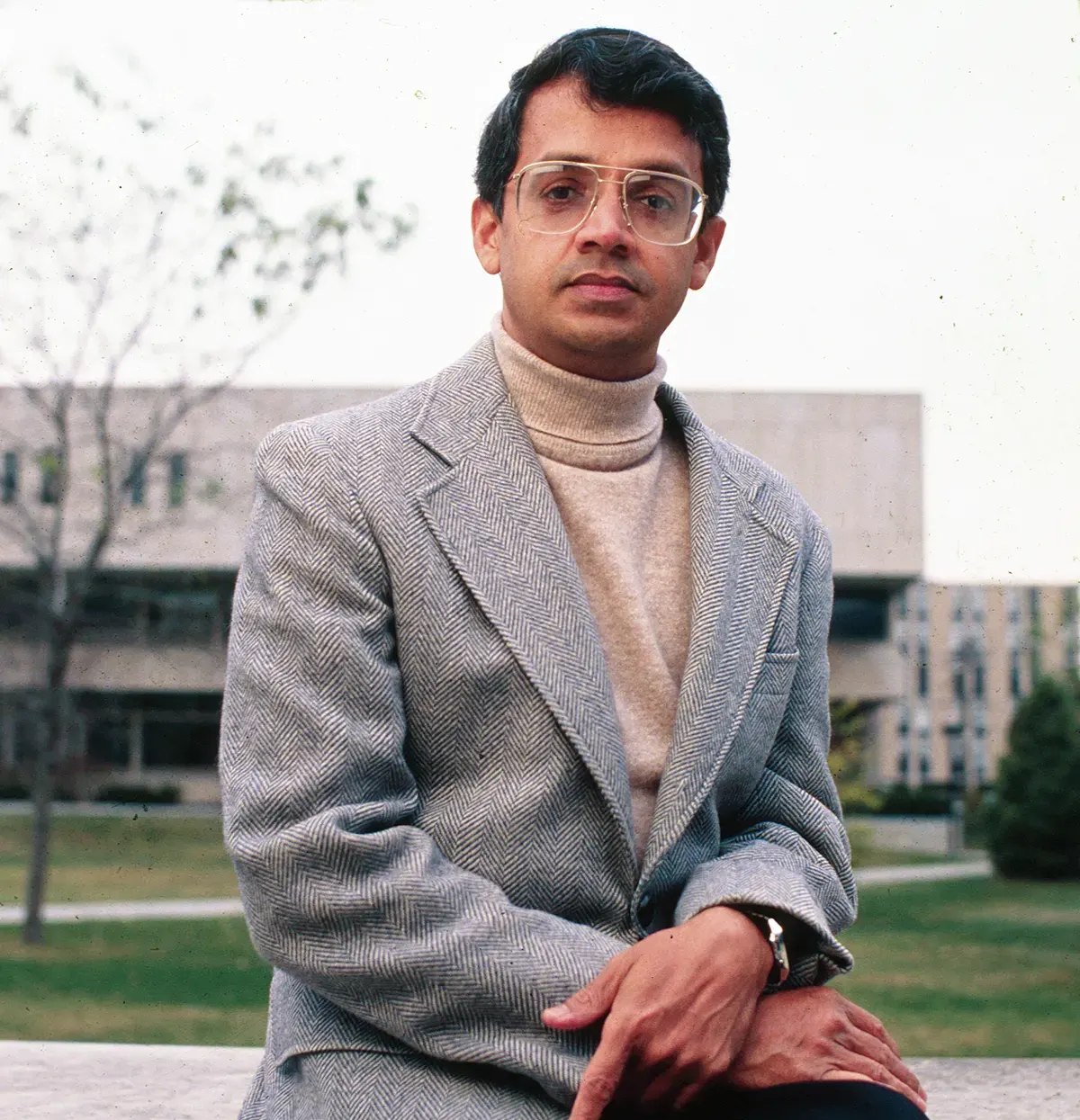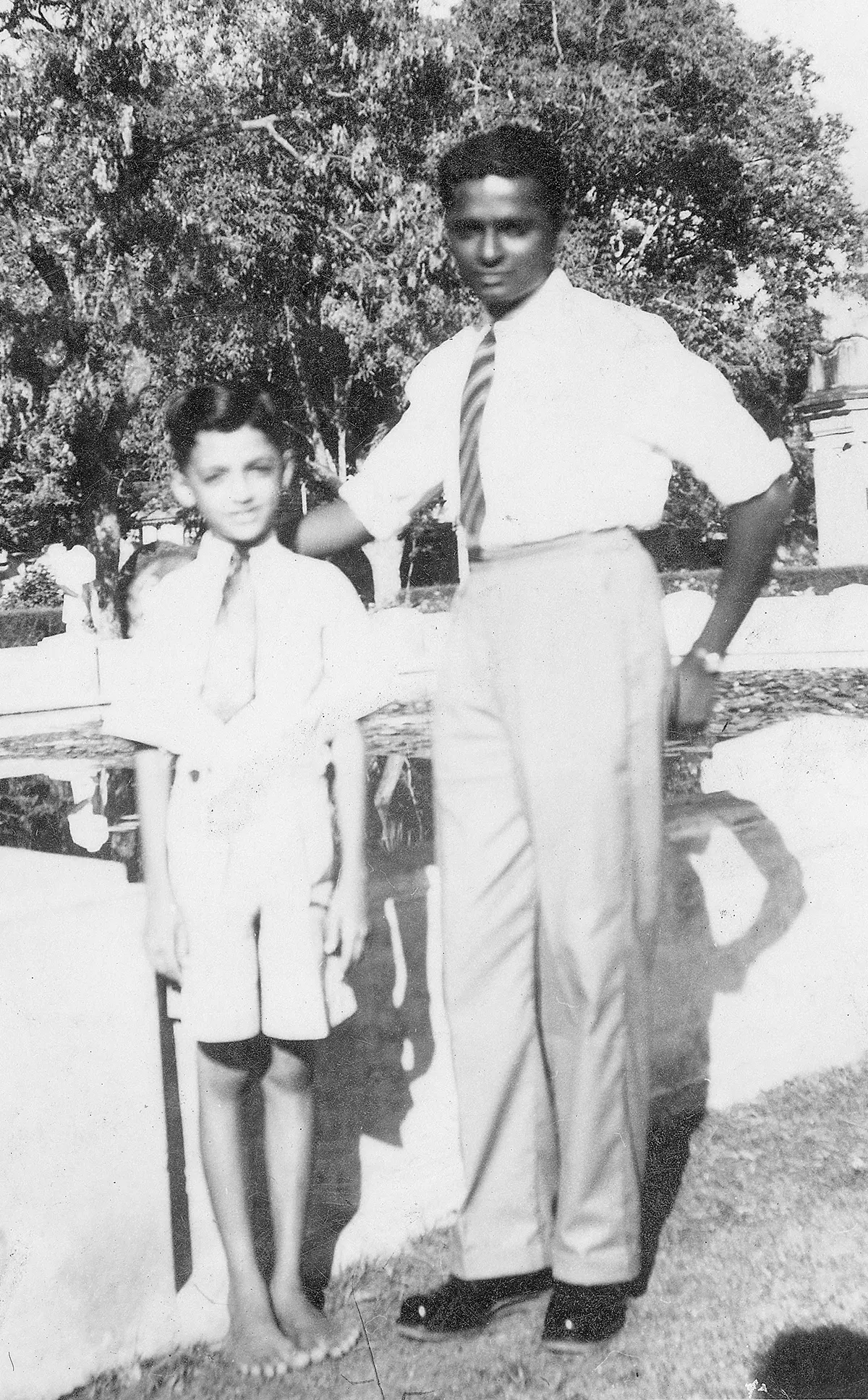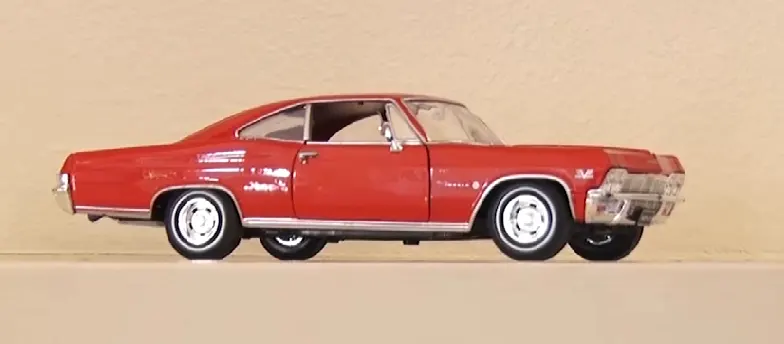1. Trying to do everything by myself
Overcome language barriers
Prof. Ramanathan was born in November 1944 in Chennai, a coastal town in southern India facing the Bay of Bengal. He had a very happy childhood and used to play outside with his friends, running around, playing catch, climbing trees, and chasing after stray dogs. He was also an excellent student. When he was 10 years old, however, the family moved to Bangalore, an inland city located in southern India. His new life had a great impact on his way of thinking.
Professor Ramanathan gained confidence with this achievement and realized his strengths in conducting independent research and taking on projects that everyone thought impossible. He then moved to the United States in 1970 to work on a new interferometer at the State University of New York at Stony Brook.

A Photo Taken in the 1970s








